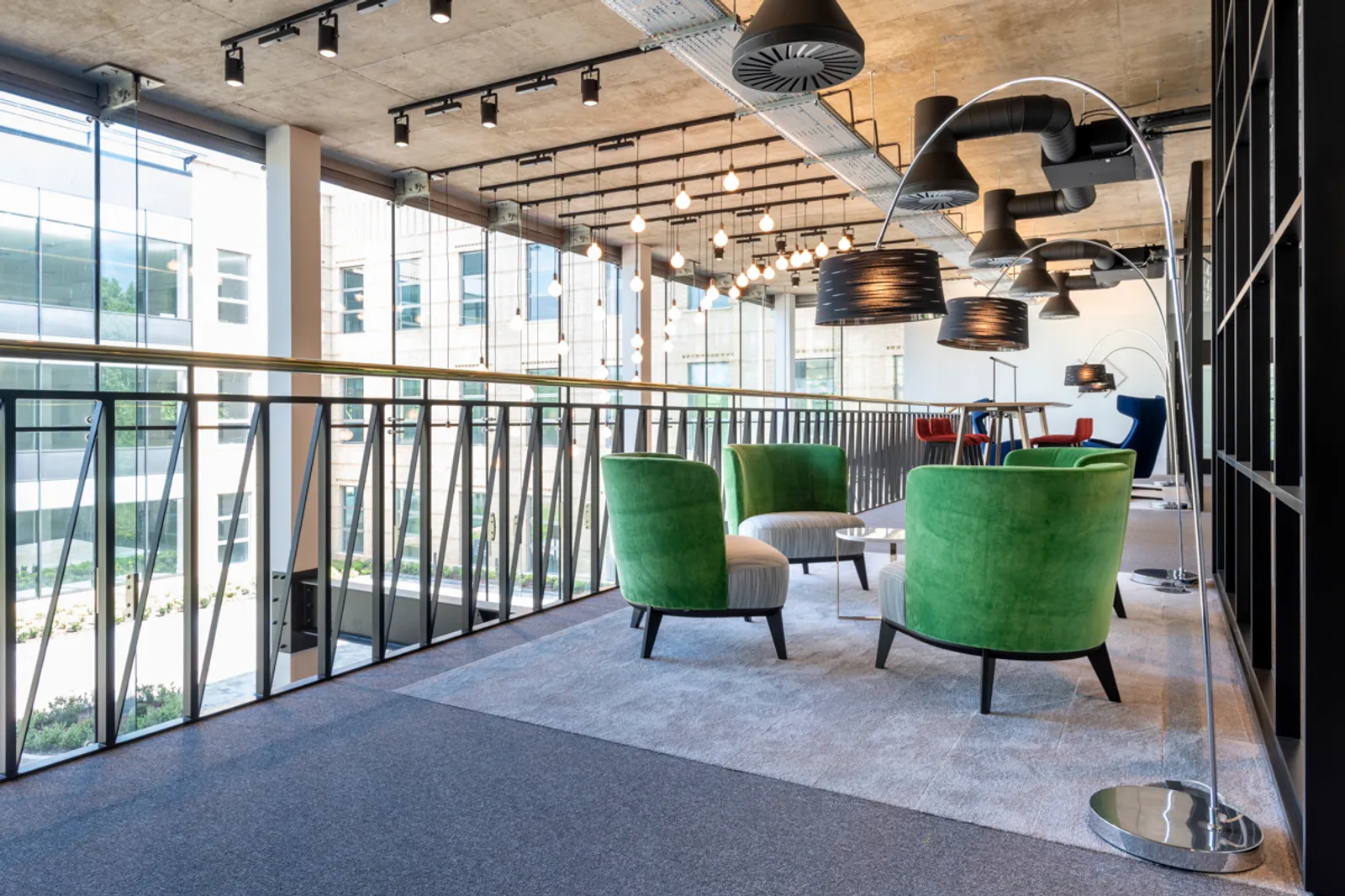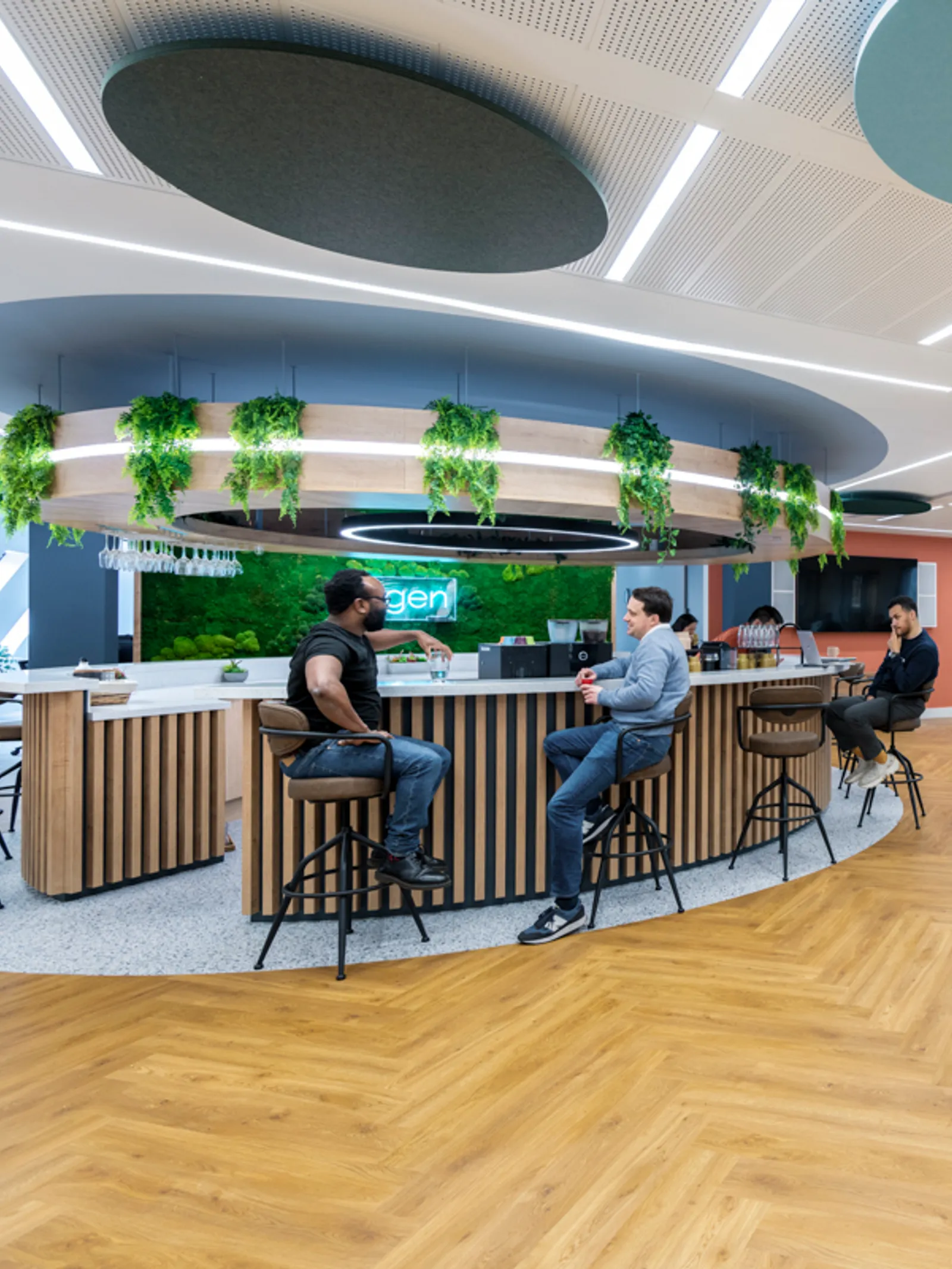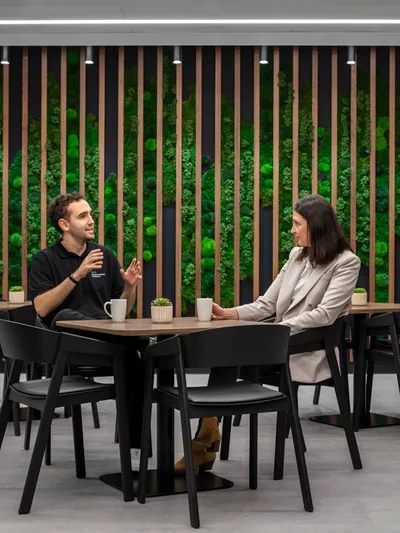The concept of the office has undergone a remarkable transformation over the years, reflecting the changing nature of work and the evolving needs of employees. From the traditional, cubicle-filled spaces of the industrial era to the open-plan, activity-based environments of today, office design has evolved to accommodate new technologies, collaboration styles, and workplace cultures.
Office design evolution through the ages
The rise of traditional office design
The traditional office design, characterised by rows of desks, enclosed spaces, and rigid hierarchies, emerged during the Industrial Revolution. This standardised approach aimed to maximise efficiency and productivity in a factory-like setting. However, as work evolved from manual labour to knowledge-based tasks, the limitations of traditional office design became apparent.
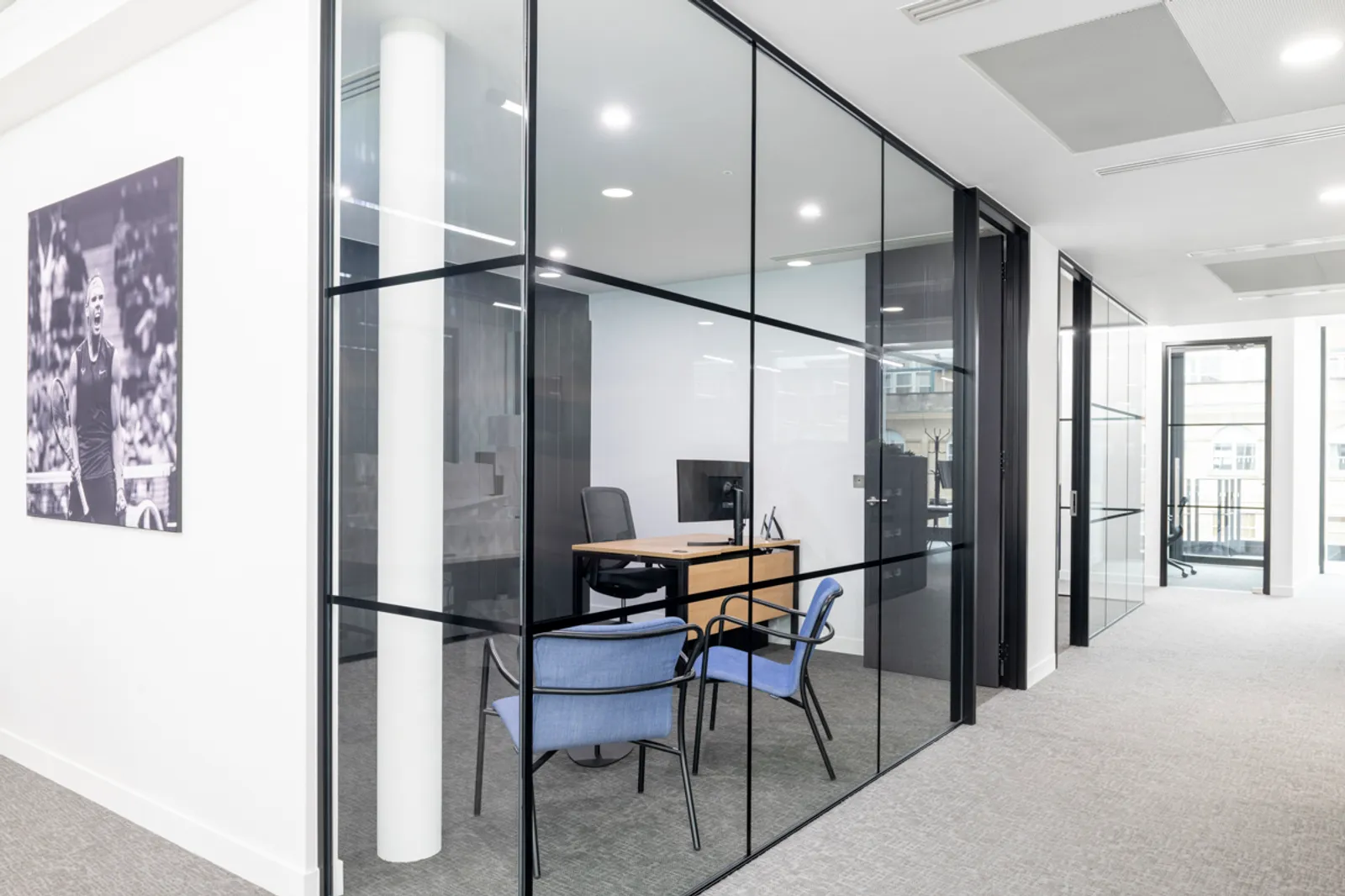
The shift towards open-plan workspaces
In the 1960s, the evolution of office design came into full force and the concept of open-plan offices emerged, challenging the traditional model with its emphasis on collaboration, communication, and flexibility. Open-plan spaces aimed to break down barriers between departments, foster a sense of community, and encourage creativity. While open-plan offices have become increasingly popular, concerns have arisen regarding noise levels, privacy, and distractions.
Activity-based working and the new era of office design
The average UK office worker spends 5.5 hours at their desk. Acknowledging that comfort and a positive ambience plays a major role in productivity means that office designs have evolved with employee wellbeing being a major focus. Additionally, the rise of technology and the increasing demand for flexible work arrangements have led to the emergence of activity-based working (ABW). ABW provides employees with a variety of workspaces to suit different tasks and preferences, from quiet focus areas to collaborative meeting rooms. This approach emphasises the individual's needs and promotes a more dynamic work environment.
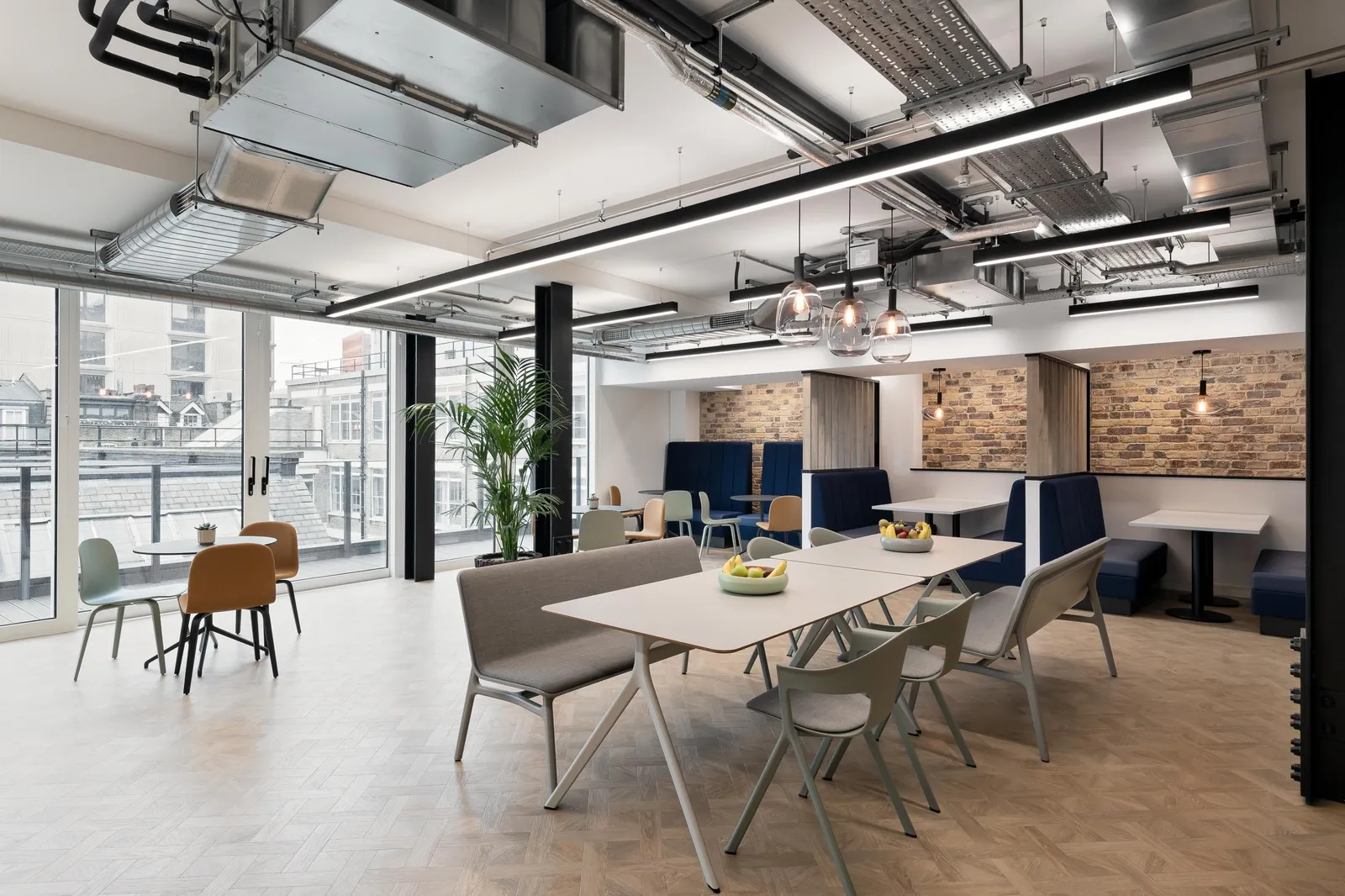
Current best practices and trends in office design
Today's office design is characterised by a focus on employee wellbeing, innovation, and sustainability. Here are some of the key best practices and trends:
Biophilic Design: Integrating natural elements into the office environment, such as plants, greenery, and natural light, has been shown to improve employee wellbeing, productivity, and creativity.
Open plan design: While the debate around the benefits of open plan offices continues, it is still the most common office layout in the UK.
Ergonomic Design: Providing ergonomically designed furniture and workstations can help prevent musculoskeletal disorders and promote employee comfort and health.
Technology Integration: Seamlessly integrating technology into the office environment is essential for supporting collaboration, flexibility, and remote work arrangements.
Sustainability: Incorporating eco-friendly materials, reducing energy consumption, and promoting waste reduction are becoming increasingly important considerations in office design.
Activity-based working: (ABW) is becoming increasingly popular, with 40% of companies reporting that they have implemented some form of ABW
Where office design is headed: a glimpse into the future
As technology continues to advance and work patterns evolve, office design is likely to undergo further transformations. Here are some potential trends to watch for:
A continued increase in the number of people working from home: The number of remote workers in the UK is expected to reach 4.3 million by 2025, up from 2.4 million in 2020.
Personalised Workspaces: Office design may become increasingly personalised, tailoring workspaces to individual preferences, work styles, and productivity needs.
Smart Offices: Smart technology will play a more prominent role in office design, automating tasks, optimising space usage, and providing personalised data-driven insights.
Remote and Hybrid Work Arrangements: Remote work and hybrid work models are likely to continue, leading to the development of flexible workspaces that can accommodate both in-person and remote employees.
Sustainability and Wellness: The focus on sustainability and employee wellbeing will continue to drive office design decisions, with a focus on creating healthy, environmentally friendly workspaces that promote employee wellbeing.
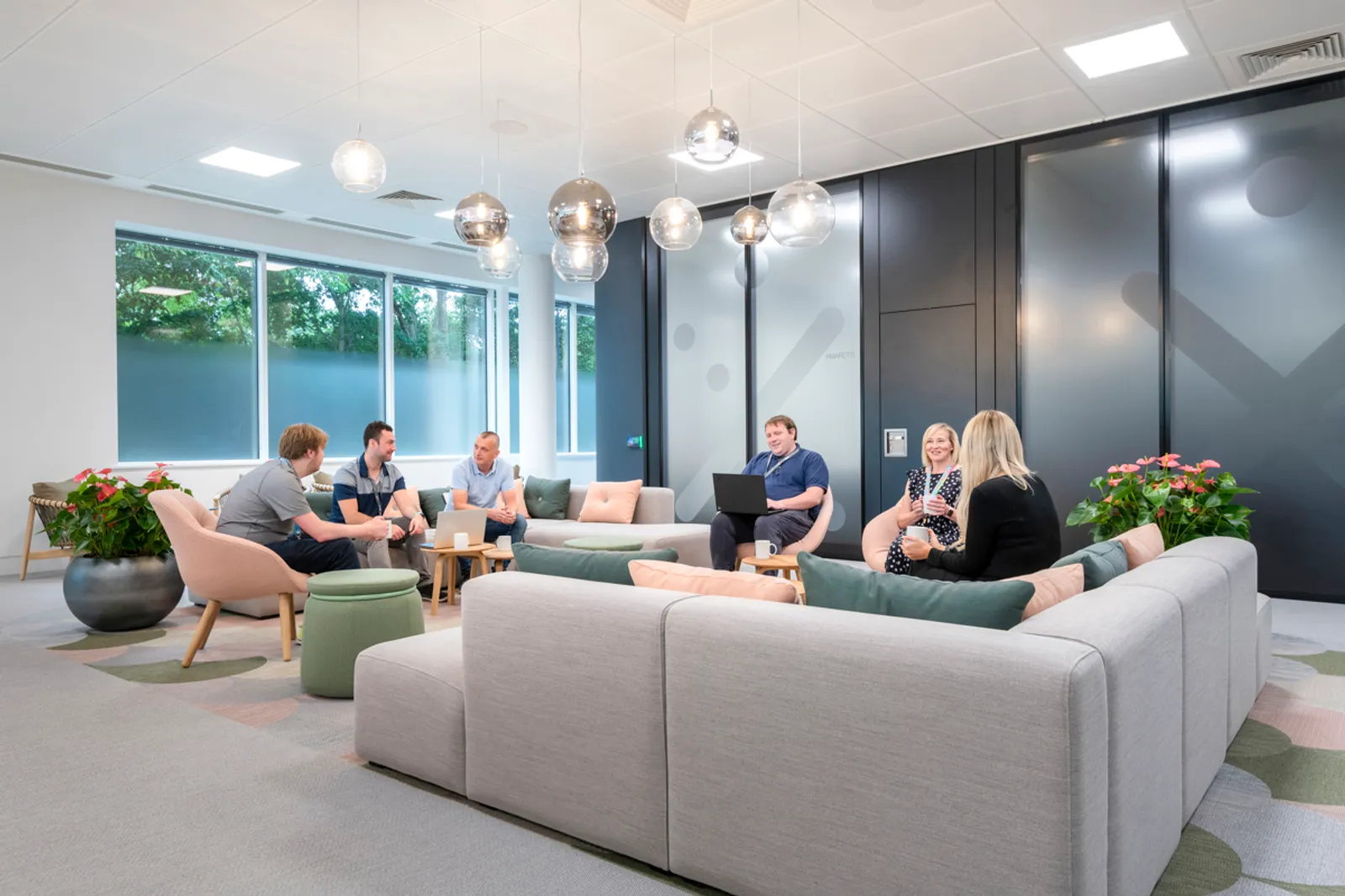
Are you ready to evolve your workspace?
The evolution of office design has come a long way from the traditional, cubicle-filled spaces of the past. Today's office design is characterised by a focus on employee wellbeing, innovation, and sustainability, with a growing emphasis on flexibility, personalisation, and technology integration.
Recent studies have shown that office design has a significant impact on employee wellbeing, productivity, and innovation, so paying attention to office design is something that businesses would be remiss to ignore. As technology continues to advance and work patterns evolve, office design is likely to undergo even more transformations in the years to come.
Want to make sure your office design stays ahead of the curve? Get in touch.
